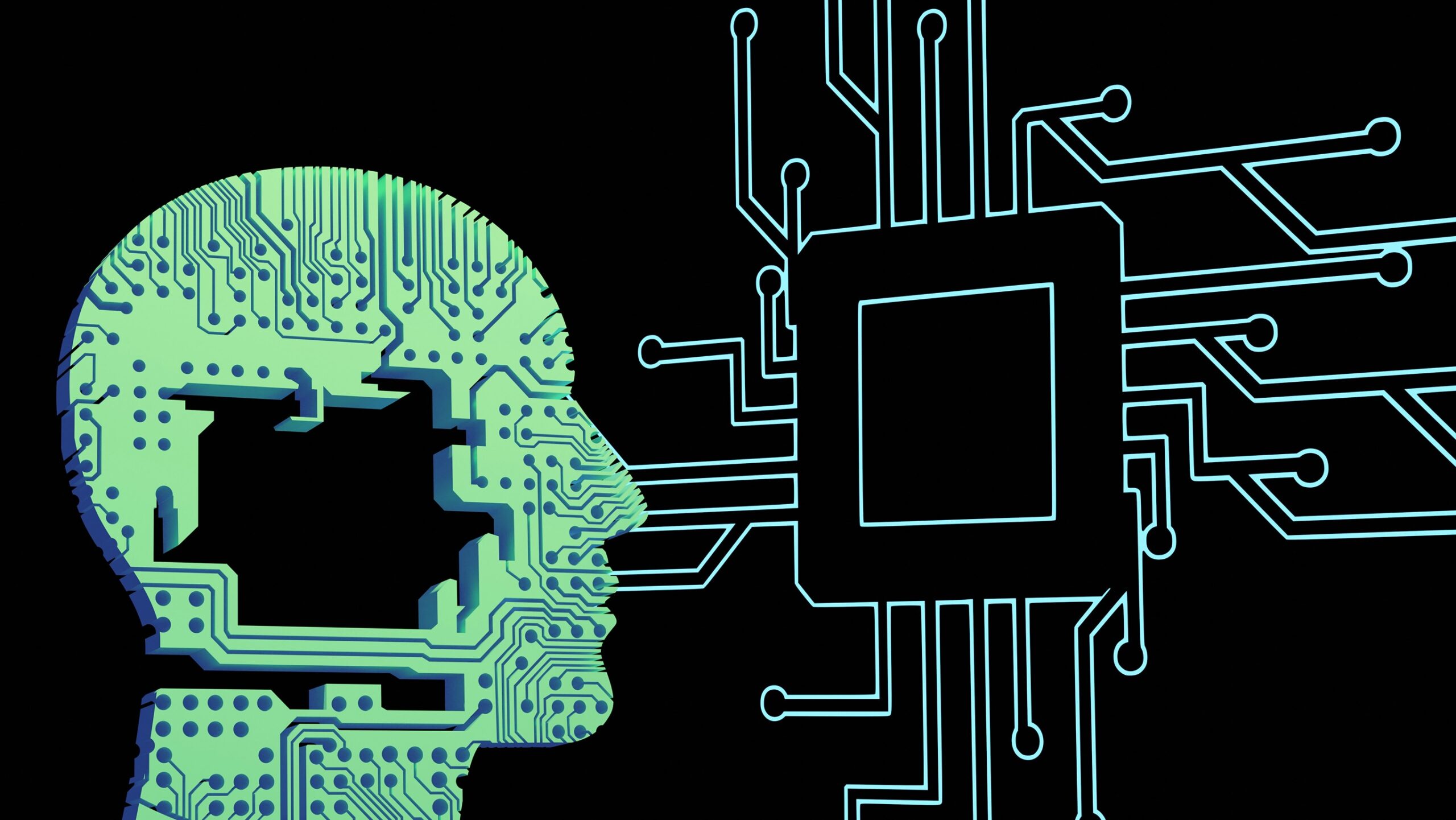Understanding AI-Integrated RPA
Understanding AI-Integrated RPA: Boosting Automation with Cognitive Abilities
The Evolution of RPA with AI Integration
Robotic Process Automation (RPA) has emerged as a powerful tool for businesses seeking to streamline operations and enhance productivity. By automating repetitive tasks, RPA allows organizations to allocate resources more effectively, enabling employees to focus on higher-value activities. The integration of Artificial Intelligence (AI) into RPA systems takes this efficiency to the next level, introducing cognitive capabilities that significantly enhance decision-making processes.
The combination of RPA and AI creates a hybrid approach that not only automates tasks but also empowers systems to learn and adapt over time. This integration allows for the processing of unstructured data, enabling RPA to handle more complex workflows that require human-like intelligence. As businesses increasingly seek to leverage technology for competitive advantage, understanding how to implement RPA with AI integration becomes essential.
Incorporating AI into RPA systems can lead to substantial improvements in accuracy and scalability. For instance, intelligent document processing can transform how organizations manage data, while natural language processing enables more effective customer interactions. As companies explore these advancements, they can unlock new opportunities for innovation and efficiency, much like the generative AI solutions offered at Talgic AI.
What is RPA with AI Integration?

RPA with AI integration represents the fusion of robotic process automation and artificial intelligence, allowing automated tasks to be performed with enhanced cognitive abilities. This hybrid approach significantly boosts efficiency and enables better decision-making within automated workflows. By leveraging AI technologies, organizations can automate not just simple, repetitive tasks but also complex processes that require analysis and judgment.
The integration of AI into RPA systems introduces several key components that enhance automation capabilities. For example, intelligent document processing (IDP) allows RPA to extract and interpret data from various document formats, such as PDFs and images. This capability is crucial for tasks like invoice processing and claims management, where traditional RPA solutions may struggle. Additionally, natural language processing (NLP) enables RPA systems to understand and respond to human language, facilitating more sophisticated customer interactions through AI-powered chatbots.
Moreover, machine learning models play a vital role in this integration by providing predictive analytics and adaptive automation. These models enable RPA systems to analyze historical data, predict future trends, and make informed decisions autonomously. As a result, organizations can achieve greater operational efficiency and improve service delivery, positioning themselves at the forefront of technological advancements in automation.
How to Implement RPA with AI Integration

Implementing AI into existing robotic process automation systems requires a structured approach to ensure seamless enhancement and effectiveness. Focus on understanding both the technological intricacies and operational necessities that contribute to a successful integration of these advanced capabilities.
Step 1: Assess Current Automation Processes
Begin by conducting a comprehensive assessment of your existing RPA workflows. Identify repetitive and rules-based tasks that require a more sophisticated approach, highlighting areas that can be significantly improved through AI capabilities. Evaluate which processes could leverage advanced techniques, such as predictive analytics or intelligent decision-making, ensuring the identification of critical bottlenecks within current operations.
Step 2: Identify Appropriate AI Technologies
Next, focus on researching and selecting the right AI technologies tailored to your automation goals. Explore algorithms that specifically address the needs of your organization, such as reinforcement learning or advanced natural language understanding tools that enhance information interpretation. Assess the compatibility of these technologies with your existing RPA frameworks to enrich their functionalities and streamline operational tasks.
Step 3: Design an Integrated Workflow
Collaboration with relevant stakeholders elevates the design of an integrated workflow that combines RPA with AI. Engage with business leaders and technical teams to outline the specific roles and functionalities of AI within the overall process. Establish clarity on how AI components will contribute to informed decision-making and enable the automation of more complex tasks, ensuring all parties grasp the unified goal.
Step 4: Pilot the Integration
Execute a pilot project to validate the integration of AI with RPA within a controlled environment. This initial implementation serves as a trial to measure gains in efficiency, accuracy, and user satisfaction before proceeding to a wider rollout. Collect and analyze feedback from users, while also gathering performance metrics to gain insights into the integration’s impact. Identifying issues early can lead to targeted adjustments, thus enhancing future deployments.
Step 5: Monitor Performance and Iterate
Once the integration is in place, monitoring the new system’s performance becomes imperative. Leverage analytics tools to evaluate both RPA and AI components, focusing on key performance indicators such as processing speed and outcomes achieved. Prepare to make iterative enhancements based on detailed analysis gleaned from real-world data; refining algorithms and adapting workflows as necessary ensures ongoing improvement and capability expansion. This dedication to refining processes is essential for organizations aiming to maintain a competitive edge as technology progresses.

Conclusion
Embracing RPA with AI integration is essential for organizations looking to enhance their operational efficiency and drive innovation. As you explore the transformative potential of these technologies, we stand ready to support you in navigating this exciting landscape. Contact us to discuss your AI project or request a consultation.










